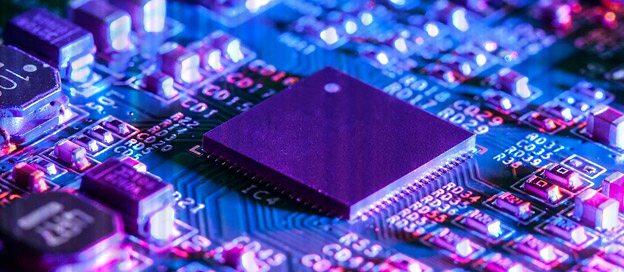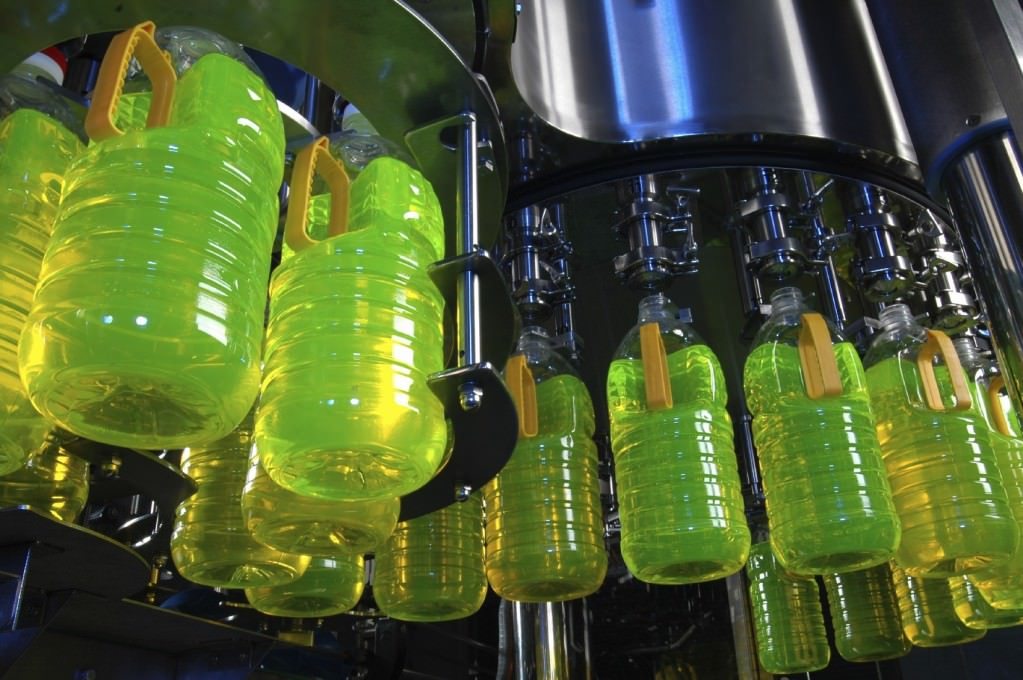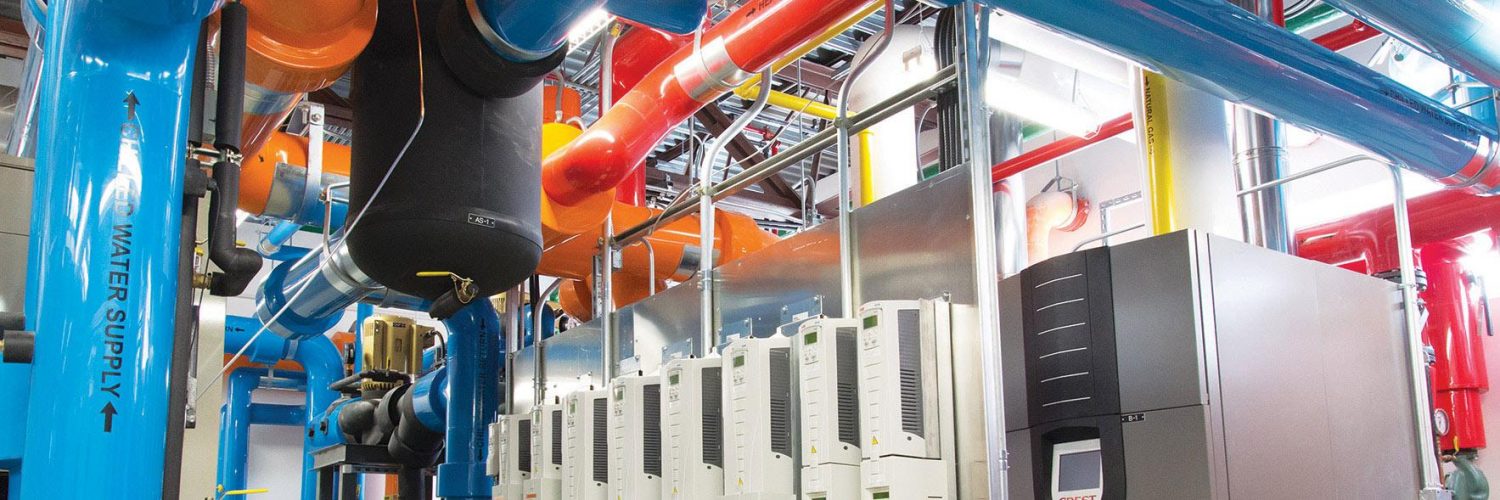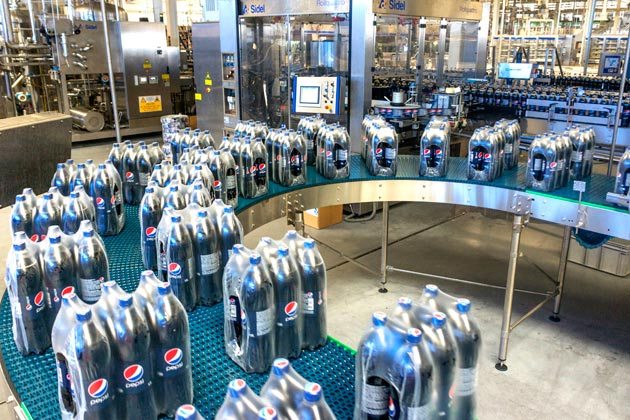ABB Motor Control Applications
ABBmotor control applications can be seen in every industry and in all power ranges. ABB motor control applications are compatible with virtually all processes, automation systems, users, and businessrequirements. The innovation behind ABB motor control applications isanarchitecture that simplifies operation, optimizes energy efficiency and helps maximize process output. ABB motor control applications in this article consist of ABB ACS880 single drives, ABB multi-drives and ABB drive modules.
ACS880 Multi-Drives
ABBACS880 multi-drives simplify industrial processes without limiting possibilities. ABB motor control applications using the ACS880 multi-drives can be built-to-order to meet customer needs and technical challenges through a wide selection of options; options that are all mountable within the drive cabinet. A single supply and DC bus arrangement with multipleACS880 multi-drives reduce line power, cabinet size and total investment costs. The features and options include extended I/O, field bus options, EMC filtering, brake options, fuses and main switch. Several ingress protection (IP) classes with IP22 and IP42 offering solutions for different environments are also available for ABB ACS880 multi-drives. ABB ACS880 multi-drives support induction motors, synchronous motors and induction servo motors as standard, without any additional software. ABB ACS880 multi-drives can control motors in either open loop or closed loop, through its high precision motor control platform, Direct Torque Control (DTC).
ACS880 Drive Modules
ABBACS880 drive modules are designed to be built into a control cabinet by machine builders and system integrators. With inverter power up to 3200 kW, ABB drivemodules are used to build multi-drive and high power single drive configurations. Everything that is required for a complete drive including rectifiers, inverters, brake options, EMC filters, du/dt filters, I/O options, communication options and documentation is available. ABB motor control applications using the ABB ACS880 drivemodules is versatile; and are used in industries such as metals, oil and gas, mining, marine, offshore, material handling machines, pulp and paper, automotive, food and beverage, cement, power, water and wastewater.
ACS880 Single Drives
ABBACS880single drives are compatible with a wide range of motor control applications in a broad range of industries such as oil and gas, mining, metals, chemicals, cement, power plants, material handling, pulp and paper, sawmills and marine. At the heart of the drive is Direct Torque Control (DTC), ABBs premier motor control technology. The extensive range of options include EMC filters, encoders, resolvers and brake resistors, remote monitoring tool, as well as application-specific software. Built in safety features reduce the need for external safety components. CODESYS programming capability is embedded inside the drive for making the application run more efficiently, without a separate programmable controller. Multiple drives can be daisy-chained for synchronized drive-to-drive communication. The drive offering includes two enclosure ratings, UL Type 1 (IP21) and UL Type 12 (IP55), for dusty environments. ABB ACS880 single drives also offer built-in service features.
Summary
ABB motor control applications can run in either open loop or closed loop, through their high precision motor control platform, Direct Torque Control (DTC).ACS880 motor control applications also have built-in safety features to reduce the need for external safety components. ABB motor control applications using the ACS880 support the CODESYS programming environment according to IEC 61131-3.ABB motor control applications have a common architecture that features the same control panel, parameter menu structure, universal accessories and engineering tools. The new control panel is equipped with an intuitive and high-resolution control display that enables easy navigation.ABB motor control applications using the energy optimizer control mode ensures maximum torque per ampere, reducing energy drawn from the supply.
To learn more about ABB motor control applications, visit theABB Website. Call Precision Electric for ABB repair or ABB replacement quotes.

















